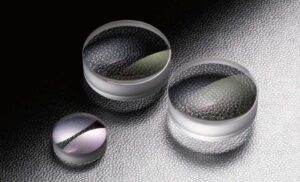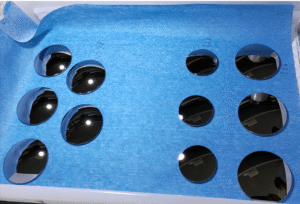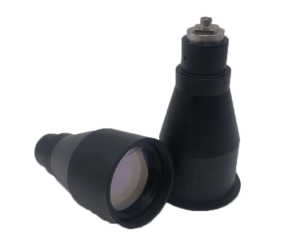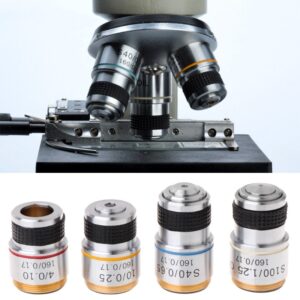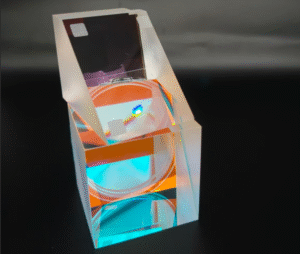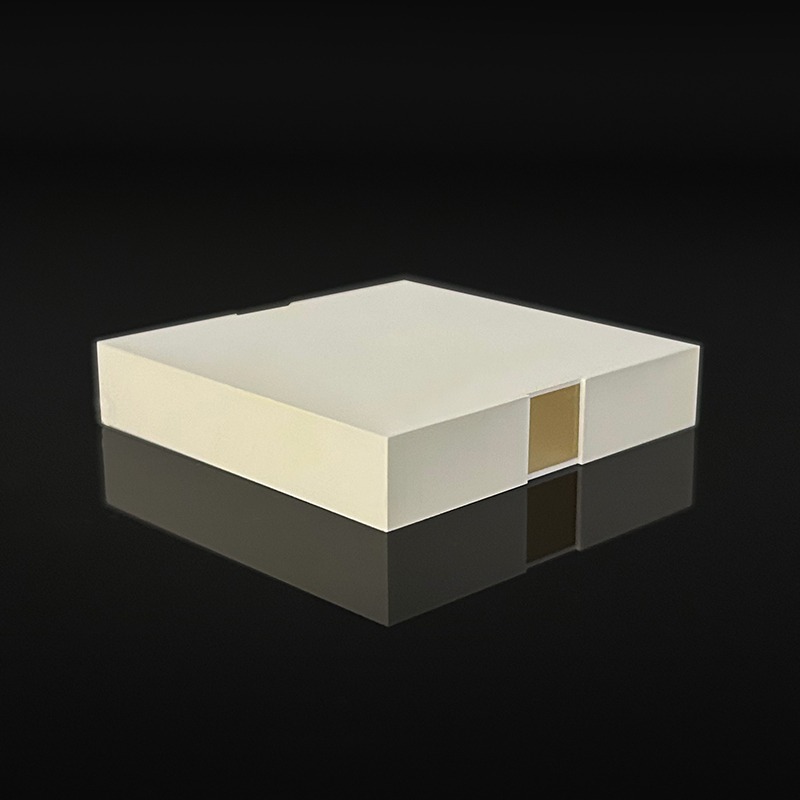What is Caesium Iodide (CsI)?
Caesium Iodide (chemical formula: CsI) is a crystalline compound composed of cesium and iodine atoms. With a cubic crystal structure and excellent transmittance in the 0.2 μm to 55 μm range, CsI is one of the very few materials that offers broadband infrared transparency, from deep ultraviolet (DUV) to far infrared (FIR).
In infrared optics, Caesium Iodide windows and lenses are favored for specialized scientific, aerospace, and defense applications, where wideband IR detection and high efficiency are critical.

Key Optical Properties of Caesium Iodide Windows
| Property | Value |
|---|---|
| Chemical Formula | CsI |
| Crystal Structure | Cubic (CsCl type) |
| Refractive Index (at 10 µm) | ~1.74 |
| Transmission Range | 0.2 μm – 55 μm |
| Density | ~4.51 g/cm³ |
| Hardness (Knoop) | ~20 (very soft) |
| Solubility in Water | High (hygroscopic material) |
⚠️ Note: CsI is hygroscopic and must be handled in dry environments or with protective coatings.
Why Use Caesium Iodide Windows or Lenses in Infrared?
Unlike traditional IR materials such as Germanium (Ge) or Chalcogenide Glass, Caesium Iodide provides:
- Extended IR transmission up to 55μm, ideal for far-infrared (FIR) applications
- Usability in UV, visible, MWIR, LWIR, and FIR regimes
- Unique performance in broadband spectroscopic systems, especially for FTIR, thermal imaging, and X-ray detectors
While Germanium offers excellent transmission in the 2–16 μm range and high hardness, and chalcogenide glass provides cost-effective mid-IR solutions, neither can match CsI’s ultra-broadband performance.
Caesium Iodide vs Germanium vs Chalcogenide Glass
| Feature | Caesium Iodide | Germanium | Chalcogenide Glass |
|---|---|---|---|
| Transmission Range (μm) | 0.2–55 | 2–16 | 1–12 |
| Hardness | Very soft | Hard | Moderate |
| Hygroscopic | Yes | No | No |
| Cost | High | Medium | Low |
| Use in FIR | ✅ | ❌ | ❌ |
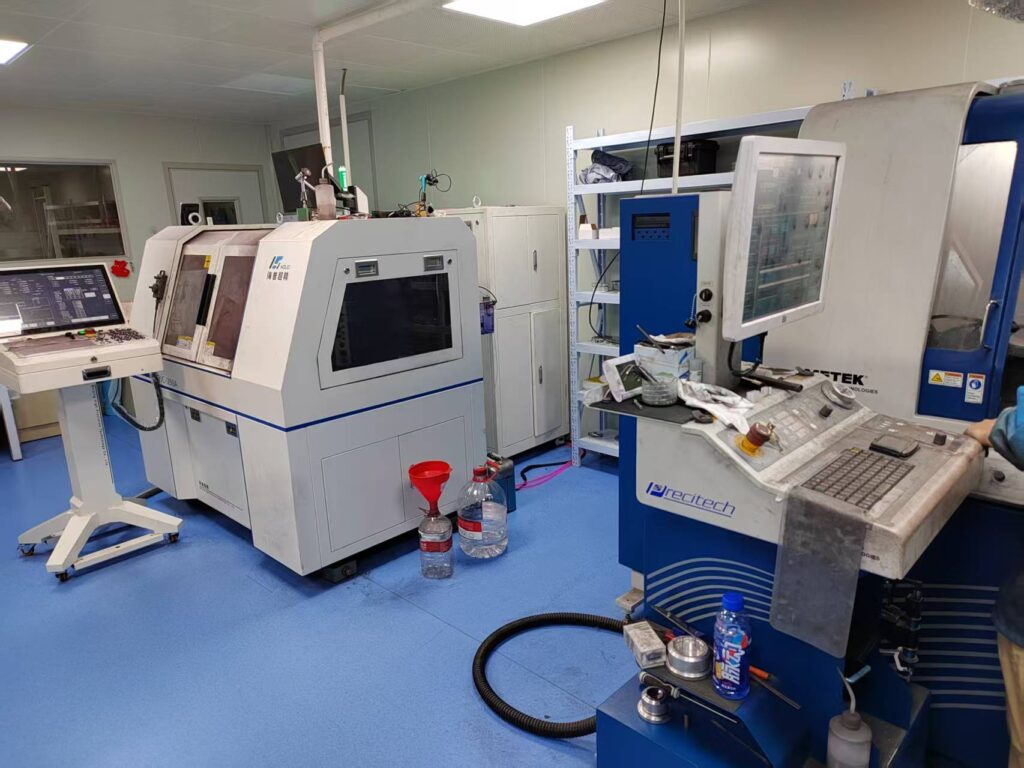
Typical Applications of Caesium Iodide Windows and Lenses
- Far-Infrared Spectroscopy (FTIR)
CsI is widely used in Fourier-transform infrared spectroscopy, especially for mid- to far-IR applications due to its exceptional transmission range. - X-ray and Gamma-ray Scintillation Detectors
As a scintillator crystal, CsI is used in high-energy physics, medical imaging (radiology), and nuclear detection, though these applications use doped CsI:Na or CsI:Tl for improved light output. - Thermal Imaging & Target Acquisition
Infrared optical systems in defense and aerospace sectors use CsI windows and domes where long-wave IR and broadband imaging are required. - Vacuum Ultraviolet (VUV) Windows
Due to its high UV transmittance, CsI is also employed in spaceborne UV sensors and telescopes. - Scientific Instruments for Cryogenic or Vacuum Conditions
When housed in proper dry or sealed environments, CsI windows function reliably even under extreme conditions.
CsI in Radiology and Scintillation Detectors
While this article focuses on infrared applications, it’s worth noting that Cesium Iodide scintillators (especially doped CsI) are used in X-ray detectors and radiographic imaging.
- CsI(Tl): High light output and used in medical CT scanners
- CsI(Na): Faster response, used in nuclear physics
For more details on scintillator crystals, refer to materials focused on radiation detection rather than optical imaging.
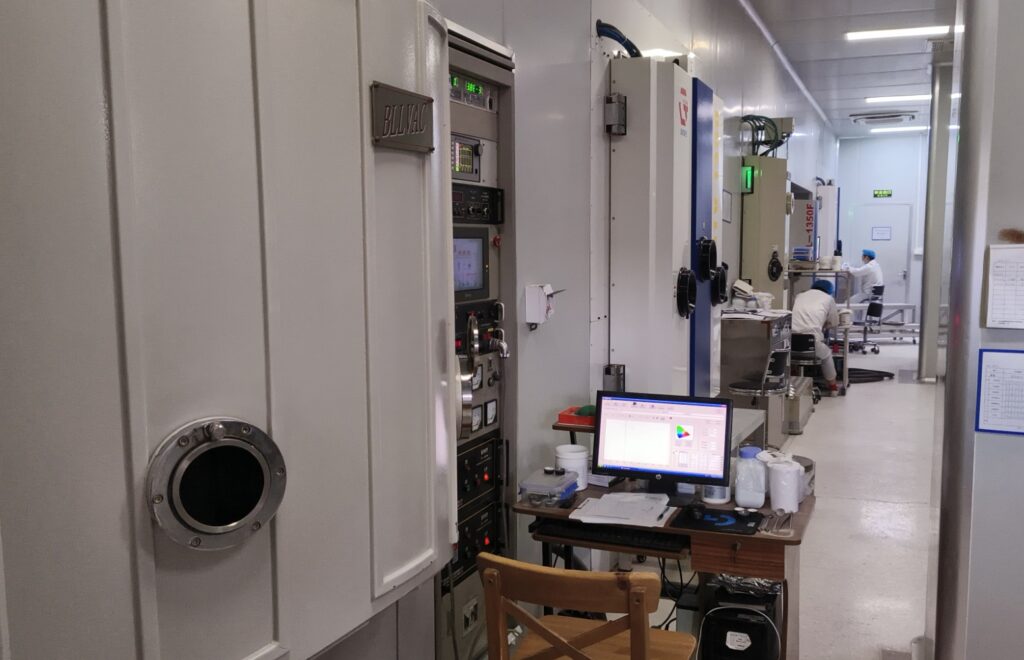
Custom Caesium Iodide Optics at Bote Optics
At Bote Optics, we specialize in custom precision optics, including:
- Caesium Iodide Windows (polished, uncoated or AR-coated)
- CsI Plano-Convex or Meniscus Lenses for IR focusing
- Protective encapsulation options to mitigate hygroscopic issues
- Small-batch prototyping and large-scale production
We offer engineering support and coating designs for unique spectral needs, serving global clients in aerospace, semiconductor, and scientific research.
FAQs about Caesium Iodide Windows and Lenses
Q1: Is Caesium Iodide toxic or hazardous?
A1: CsI is not classified as highly toxic but is hygroscopic and should be handled in dry, controlled environments. Safety gloves are recommended.
Q2: Can CsI lenses be AR-coated?
A2: Yes, but coating must be carefully selected due to the crystal’s softness and moisture sensitivity. At Bote, we offer custom low-stress coatings compatible with CsI.
Q3: Why is CsI so expensive?
A3: CsI is difficult to grow, process, and handle due to its softness and solubility, making both material and processing costs higher than more robust IR materials.
Q4: What alternatives exist for FIR applications if CsI is too costly?
A4: For slightly narrower ranges, materials like Zinc Selenide (ZnSe) or Polyethylene may be used, but none match CsI’s complete broadband performance.
Conclusion
Caesium Iodide windows and lenses offer unmatched performance across the deep UV to far-IR spectrum, making them ideal for advanced spectroscopy, thermal imaging, and aerospace optics. Despite the higher cost and handling challenges, their unique transmission characteristics make them irreplaceable in many scientific and industrial systems.
Explore our custom optical solutions at www.bote.com.sg or contact us for engineering consultation on CsI optics for your next infrared system.

